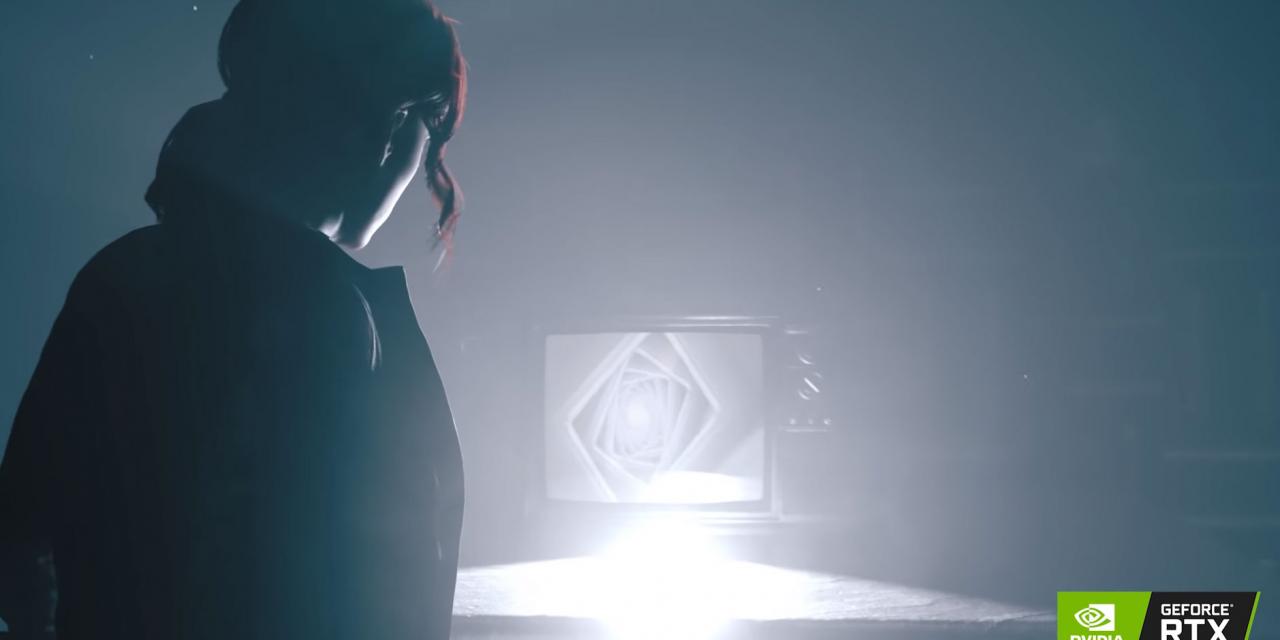
The ray tracing effect enabled by Nvidia's new RTX series graphics cards and their RT cores is certainly pretty -- that's been obvious since the technology was first unveiled earlier this year by Microsoft and shown running in real time at Nvidia's Gamescom reveal. But as we learn more about the technology, it's clear that it comes at an enormous cost to overall performance and many will wonder whether it's worth enabling if it means sacrificing frame rates.
In a new demonstration of RTX-driven raytracing on Remedy's Control benchmark, we learned that applying the various effects that give the ray-tracing-like effect requires as much as 9.2ms of render time per frame. As WCCFTech points out, that's significant because a frame cannot take longer than 16ms to render in its entirety if 60FPS is desired. That doesn't leave a lot of render time for all of the other elements in a frame.
Contact shadows require 2.3 ms, reflections 4.4 ms, and denoising 2.5 ms. What's even more disturbing about that, is that that was when running on a RTX 2080 Ti at just 1080P resolution. The results are beautiful, but are they worth sacrificing resolution, other details, and frame rate? I'm not so sure those willing to pay thousands for a top-tier gaming machine will be willing to do so.
If this demo were running on a 2080 or 2070, we wouldn't expect it to achieve more than 30 FPS on average, which is astounding considering how expensive these cards are.
Would you be willing to take the hit for ray tracing?








